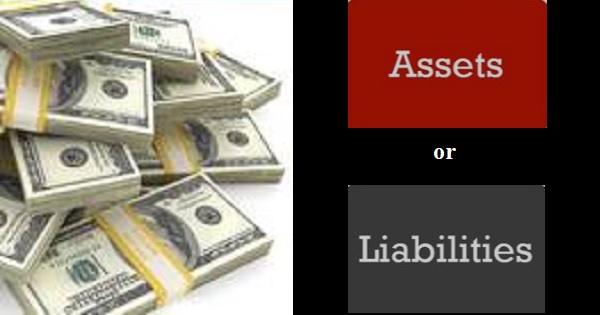
Money, the quintessential medium of exchange, holds a central position in the fabric of modern economies. Its pervasive influence extends beyond mere transactions, shaping economic policies, influencing social dynamics, and serving as a measure of value. However, the characterization of money as either an asset or a liability is a subject of considerable debate among economists, financiers, and individuals alike. To delve into this intriguing question, we must dissect the multifaceted nature of money, exploring its roles, functions, and implications in both personal and economic contexts.
At its core, money represents purchasing power—a means to acquire goods, services, and assets. In this light, money is undoubtedly an asset, serving as a store of value and providing liquidity to individuals and organizations. Cash holdings, bank deposits, and other liquid assets are tangible manifestations of this monetary asset. They empower individuals with the ability to meet financial obligations, seize investment opportunities, and weather economic uncertainties. From a balance sheet perspective, money held in the form of cash or cash equivalents contributes positively to one's net worth, enhancing financial stability and flexibility.
Conversely, the characterization of money as a liability stems from its origins and implications in the context of lending and borrowing. When central banks issue currency or commercial banks extend loans, money is created as debt—a liability on the balance sheet of the issuer. In this sense, money represents an obligation—a promise to pay the bearer the designated value upon demand. This conceptualization is particularly evident in the case of fractional reserve banking systems, where banks lend out a portion of deposited funds, effectively creating new money in the form of loans. Thus, from the perspective of the issuer, money represents a liability—an obligation to repay the bearer with interest.
The duality of money as both an asset and a liability is further accentuated by its role in facilitating economic transactions and wealth creation. As a medium of exchange, money facilitates the flow of goods and services, enabling specialization, trade, and economic growth. Its utility in transactions imbues it with value, underpinning its status as an asset. However, this utility also implies a corresponding liability—the obligation to exchange money for goods or services of equivalent value. Thus, money's dual nature is intrinsically linked to its function as a medium of exchange and unit of account in economic transactions.
To fully appreciate the complex interplay between money, assets, and liabilities, we must consider the broader implications of monetary policy, financial innovation, and economic dynamics. Central banks, as stewards of monetary policy, play a pivotal role in shaping the monetary landscape, influencing the supply, demand, and value of money. Through monetary easing or tightening, central banks can stimulate economic activity, control inflation, and manage financial stability. However, these actions also have implications for the asset-liability balance within the economy, impacting individuals' perceptions of money as either an asset or a liability.
Financial innovation further complicates the characterization of money, blurring the lines between traditional assets and liabilities. Cryptocurrencies, such as Bitcoin and Ethereum, challenge conventional notions of money by offering decentralized, digital alternatives to fiat currencies. While cryptocurrencies possess characteristics of both assets and liabilities, their volatile nature and regulatory uncertainties make them a subject of intense scrutiny and debate. Nonetheless, their emergence underscores the evolving nature of money and the need to reassess traditional frameworks of asset-liability classification.
In the realm of personal finance, individuals grapple with the dual nature of money as they navigate investment decisions, debt management, and wealth accumulation. From an investment perspective, money can be deployed strategically to acquire income-generating assets, such as stocks, bonds, or real estate, thereby enhancing long-term financial prospects. Conversely, excessive debt accumulation can strain personal finances, turning money into a liability as interest payments erode wealth and financial freedom. Thus, prudent financial management entails striking a delicate balance between assets and liabilities, optimizing the use of money to maximize wealth and minimize risk.
In conclusion, the characterization of money as either an asset or a liability is a nuanced and multifaceted issue that defies simplistic categorization. Money's dual nature stems from its roles as a medium of exchange, store of value, and unit of account, as well as its origins in lending and borrowing. While money undeniably serves as an asset, providing liquidity, purchasing power, and financial security, it also embodies a liability, representing obligations and debt within the economic system. The evolving nature of money, coupled with advancements in technology and changes in economic paradigms, further complicates its classification. Ultimately, understanding the complex interplay between money, assets, and liabilities is essential for navigating the intricacies of modern finance and achieving financial well-being.